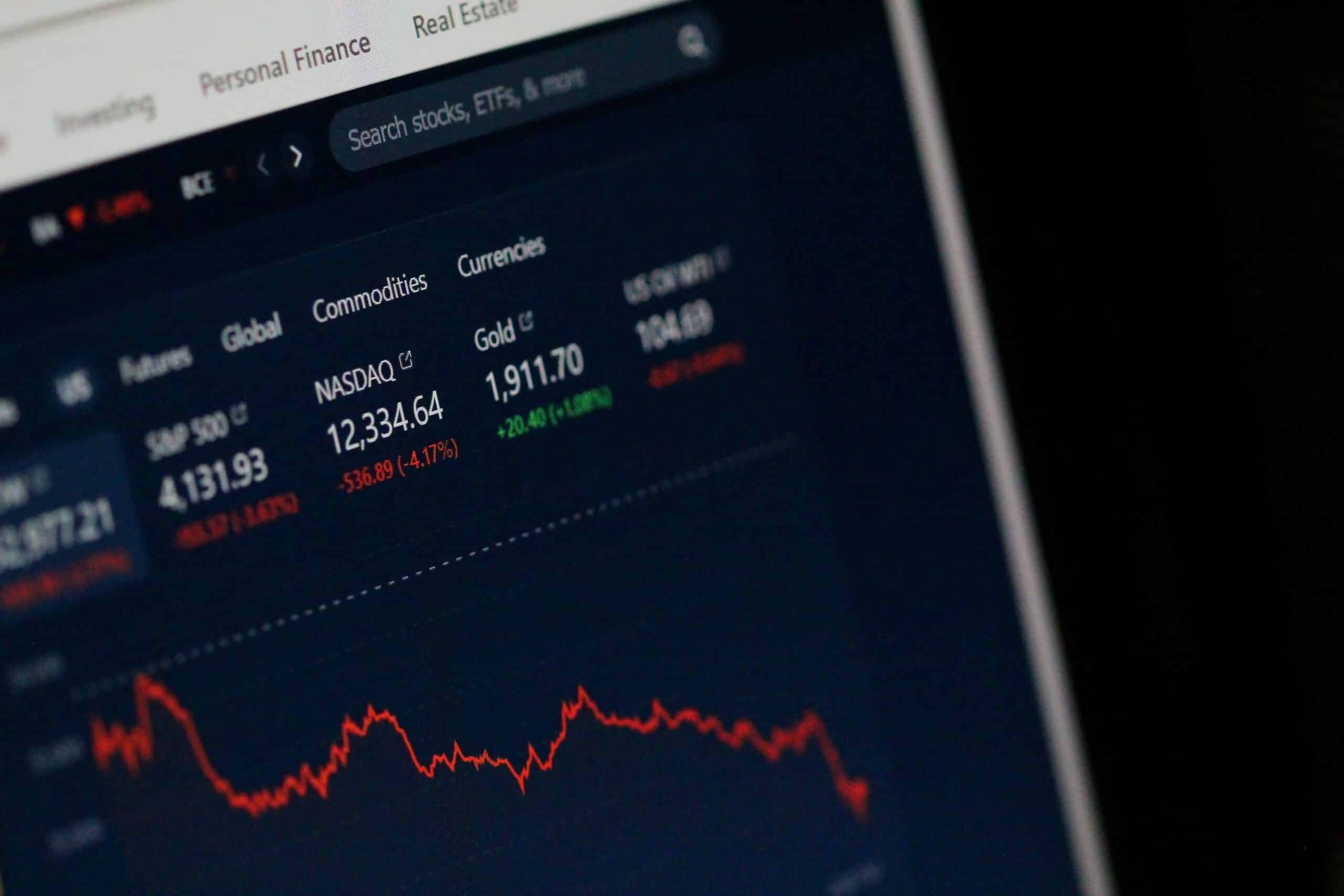If there is one market phenomenon that investors fear most, it’s a stock market bubble, because when it bursts, stock prices can crash, and investors in those stocks can lose a lot of money.
Bubbles typically develop when stock prices rise rapidly, growing beyond their intrinsic value – the true value of a company based on fundamentals like earnings, assets, and future cash flows.
These bubbles can impact the overall stock market, exchange-traded funds (ETFs), or equities in a particular field or market sector, like Internet stocks, as was the case in the dotcom bubble in the late 1990s.
Bubbles that develop in core economic sectors, like the housing bubble that emerged in 2008 in the United States, can trigger a global financial crisis through a phenomenon known as market contagion, where panic and fear spread from one market or asset class to another.
How bubbles form
As market expectations rise on the back of robust economic growth or technological advancements, investor optimism can lead to increased demand for stocks.
While deceptive and unpredictable, stock bubbles typically develop through a five-stage lifecycle. These stages (according to the Minsky Model) include:
- Displacement
- Boom
- Euphoria
- Profit-taking
- Panic
Understanding this pattern can help traders and investors anticipate and prepare for potential bubbles.
- Displacement
Displacement occurs when investors get excited about a period of economic prosperity, a specific sector or a trend like technological innovation.
When this happens, price increases are driven by speculation, hype and irrational investor exuberance rather than underlying fundamentals, as investors become overly optimistic about future prospects.
- Boom
As stock prices rise in response to the trend or theme, more investors buy stocks, which pushes stock values higher more rapidly. More investors then join to get their share of the market, hoping to profit from the upward trend. This herd behaviour tends to push prices beyond rational levels.
- Euphoria
As stock prices go into overdrive, traders and investors can become so caught up in the hype and excitement that irrational exuberance takes over and they start to ignore fundamental valuations and warning signs.
Traders and investors may also use leverage to invest by trading on margin to amplify their investments, which can increase market volatility.
- Profit-taking
At some point, people start to realise the bubble is unsustainable. As investors and traders sell stocks to lock in profits, it can trigger a chain reaction.
- Panic
As this selling trend gathers momentum, stock prices fall sharply. Fearing further losses, other investors start selling en mass, which can lead to a panic sell-off that triggers a stock market crash
Warning signs
While identifying a bubble in real time can be challenging, there are certain signs that may indicate a bubble is developing.
Knowing what signs to look for can help investors protect their portfolios, or position short-selling trades to offer some downside protection and potentially profit from the market crash.
Warning signs that a stock bubble is forming can include:
- A sudden and sharp rise in stock prices, particularly in a short period and in the absence of a corresponding improvement in earnings or other fundamentals.
- Overvalued stocks trading at significantly higher price-to-earnings (P/E) ratios or other valuation metrics compared to historical averages.
- A surge in trading volumes and increased participation by inexperienced investors can signal a speculative bubble.
- Excessive media coverage and hype about a particular stock or sector trend can contribute to a bubble.
- A general sense of optimism and excitement, with investors ignoring potential risks.
- A significant increase in margin trading.
- Unusual trading patterns, such as short squeezes or options trading activity, can indicate speculative behaviour.
What to do in a bubble
When a stock market bubble develops, it’s important to identify the signs and take appropriate action before it bursts. Taking an early-mover advantage in selling out of positions can lock in profits and limit losses.
If a bubble bursts before you exit your investment positions, it is crucial to adopt a disciplined and strategic approach to protect your investments and potentially capitalise on the downturn.
Try to control your emotions and resist the urge to sell out of fear. Panic selling can lead to significant losses, as you may sell at the bottom of the market. For investors, it is often worthwhile to maintain a long-term investment horizon as market downturns, corrections and bubbles are temporary. Historically, the market has always recovered.
While it is difficult to call the bottom of a stock market crash, buying into the downturn or catching the recovery early can benefit portfolios by buying stocks at a lower price, which offers better upside potential.
Traders can also generate returns when a bubble bursts by short-selling stocks. Traders who identify overvalued stocks in a bubble can use leverage to take short positions, allowing them to buy back the shares at a lower price than they originally sold them for to profit from the decline.
It’s important to note that identifying a bubble in real-time can be challenging, and it’s often easier to recognise one in hindsight. However, by understanding the dynamics and warning signs, investors can make more informed decisions and protect their investments, positions and overall portfolios.













